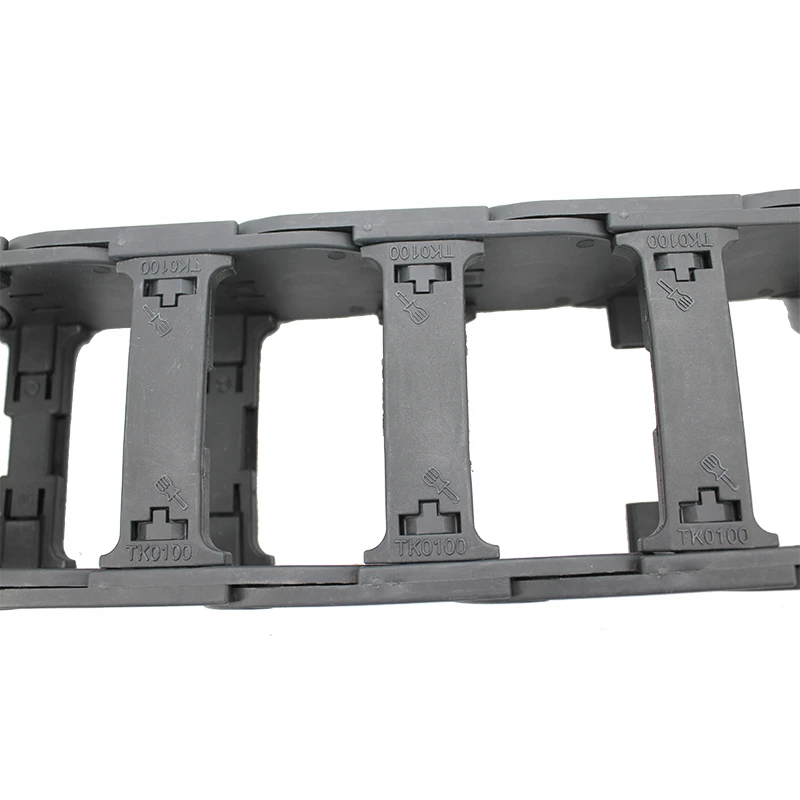helical offset tooth belt
Understanding Helical Offset Tooth Belts A Comprehensive Overview
Helical offset tooth belts are a specialized type of timing belt designed for applications that require precise synchronization and reliable power transmission. Unlike traditional synchronous belts, helical belts feature teeth that are angled in a helical or spiral manner, which helps to distribute load more evenly and reduce noise during operation. In this article, we will delve into the structure, advantages, applications, and maintenance of helical offset tooth belts.
Structure and Design
Helical offset tooth belts are characterized by their unique tooth design, which consists of inclined teeth arranged in a helical pattern around the belt's circumference. This design not only enhances the belt's ability to engage with pulleys but also improves its flexibility and load distribution. The construction typically incorporates high-strength materials like polyurethane or neoprene, reinforced with various types of fibers such as fiberglass or aramid to enhance durability.
The helical angle of the teeth allows for smoother engagement with gears and pulleys, reducing the occurrence of backlash and increasing the overall efficiency of power transmission. Furthermore, the offset alignment helps prevent wear and tear on both the belt and the associated machinery, thereby extending operational lifespans.
Advantages of Helical Offset Tooth Belts
One of the primary advantages of helical offset tooth belts is their ability to provide smooth and quiet operation. The helical geometry allows for a more gradual engagement with the pulleys, which minimizes vibration and noise, making them suitable for applications where acoustic performance is critical, such as in robotics and high-precision machinery.
Helical belts also excel in load distribution. Since the load is spread evenly across multiple teeth, these belts experience less stress, resulting in improved resilience and longevity. They can handle higher power loads compared to traditional belts and are less susceptible to slippage or misalignment—even under severe operational conditions.
Another benefit is their versatility. Helical offset tooth belts can be utilized in a wide range of applications, from automotive engines to CNC machines, as they are effective in both linear and rotary motion.
helical offset tooth belt

Applications
The applications of helical offset tooth belts are vast and varied
. In the automotive industry, they are commonly employed in timing systems, where precise synchronization between camshafts and crankshafts is necessary for optimal engine performance. In industrial settings, these belts are frequently used in conveyor systems, where reliable and consistent motion is crucial.Additionally, helical belts are gaining traction in the field of robotics, where precision and reliability are paramount. They ensure smooth motion in robotic arms and automated machinery, allowing for intricate tasks to be performed with accuracy.
In packaging machinery, helical offset tooth belts contribute to the seamless operation of sorting and packaging lines, supporting high-speed functionality without compromising on performance or reliability.
Maintenance and Care
Maintaining helical offset tooth belts is essential for ensuring their longevity and performance. Regular inspection for signs of wear, such as fraying or cracking, is crucial. Proper alignment during installation is also vital to minimize unnecessary stress on the belt. Keeping the pulleys clean and free from dust and debris helps optimize performance and avoid premature wear.
Additionally, it is recommended to operate within the manufacturer’s specified load and speed limits to prevent overstressing the belt. When replacement becomes necessary, selecting the correct size and type of belt is imperative to maintain the integrity of the system.
Conclusion
In summary, helical offset tooth belts represent a significant advancement in timing belt technology, merging efficient power transmission with durability and reduced noise. Their unique design offers numerous advantages, making them ideal for a wide range of applications across various industries. By understanding their structure, benefits, applications, and maintenance requirements, organizations can make informed decisions that enhance their operational efficiency and extend the lifespan of their machinery. Whether in automotive, industrial, or robotic applications, helical offset tooth belts are poised to play a crucial role in the future of mechanical power transmission.








